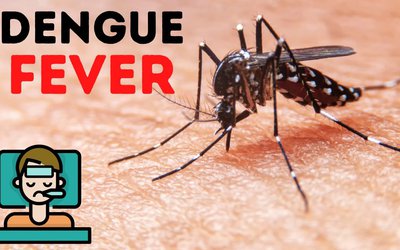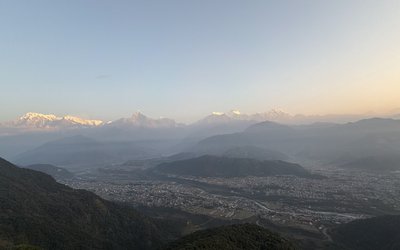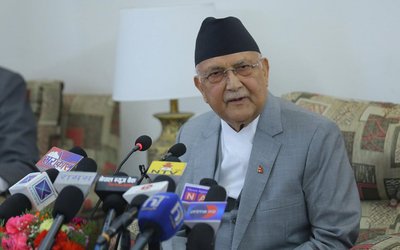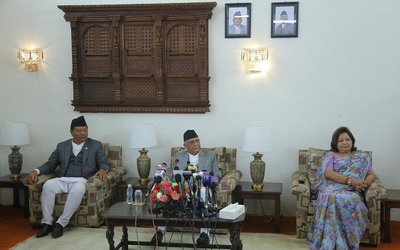Until the important study came out of Mukti Nath in 1984, everyone thought that high altitude residents in the Himalayas adapted by increasing their oxygen carrying substance, haemoglobin. At high altitude there is low oxygen; so it makes intuitive sense to increase the haemoglobin level to compensate for the oxygen deficiency. Indeed, it came as a surprise when Dr Cynthia Beall, an anthropologist from Case Western Reserve University in Cleavland, Ohio, USA and her colleague Reichsman found that the people of Tibetan ancestry living in Mukti Nath area in Nepal ( Upper Chumik, between 3200 and 4100m) had normal (not raised)haemoglobin. Until this time, all high altitude natives’ adaptation was lumped together with the “Andean man” model who have raised haemoglobin level and therefore are able to carry adequate oxygen in their blood. But how do people with Tibetan ancestry like the Mukti Nath people deal with high altitude living despite having normal or low haemoglobin ( for that altitude)? That is the million dollar question.
This seeming paradox has been the subject of intense study much of which Dr Bealls has been involved in. This above mentioned milestone study was published in the American Journal of Physical Anthropology. I think this is not a journal that people in the medical field read regularly. Hence for a long time, this paradox remained obscure in the medical literature. In fact almost all medical schools even to this day teach the old dictum: that a high altitude inhabitant universally adapts to the decreased oxygen ( hypoxia) of high altitude by increasing their haemoglobin. In fact in the Andes ( for example in Peru), some of the highlanders haemoglobin is so high that the blood flow is very sluggish. The response to hypoxia has ‘overshot’ the mark, so to speak. This leads to a well recognized disease called Monge’s Disease that all medical students are aware of. Monge’s diseae is named after Carlos Monge who described this entity in 1925 in Peru. This disease is characterized by headache, fatigue and shortness of breath, mostly caused by the increased haemoglobin. What is tantalizingly interesting is that this Monge’s disease is rarely seen in people of Tibetan descent. But the question still remains, so how do Tibetans and people of Tibetan descent at high altitude adapt? Obviously the Andean man model does not apply here.
In fact the Andean man model may be a maladpatation, that is inappropriate adaptation to high altitude as manifested by diseases like Monge’s in South America. Monge’s Disease may not be limited to South America. This disease is seen in the Han Chinese in Tibet who come in thousands from lowland areas in China to live in Lhasa ( 3490 m altitude) . It is also seen in some North Americans who live in high altitude settlements in the United States, for example some areas in Colorado. There are other diseases besides Monge’s that lowlanders can suffer from at high altitude. The Han Chinese in Tibet know that when their women become pregnant in Lhasa, it is time to send the pregnant women to low altitude as miscarriage and other pregnancy related complications abound for them in Lhasa.
The Tibetan inhabitants and their descendants on the other hand may have adapted appropriately. Witness the world class high altitude mountain climbing abilities of the Sherpa even with a “normal” hemoglobin level. There clearly has to be some other factor at play here to explain this paradox. Paleontologically speaking ( evidence based on fossils), the high altitude native in the Himalayas arrived here about thirty thousand years ago and the Andean natives in South America are known to have arrived there about six thousand years ago. So about thirty thousand years will make the genetic switch but six thousand years may not? And is there really DNA at work here that is making the difference? Even as we wonder and deliberate on these issues, Cynthia Beall and her colleagues have made a reappearance and are working away in the Himalayas at this time to try to provide a cogent answer to this perplexing question about the mechanism of proper adaptation to high altitude as exemplified by the Himalayan people. Stay tuned.
In the meantime, next time you fly into Jomsom and go to Mukti Nath for a trek, remember how well Western researchers conducted field studies in this area in the early nineteen eighties that destroyed the myth of the universal application of the Andean Man concept to explain high altitude adaptation. Jai Mukti Nath.
Buddha Basnyat MD is the President of the UIAA Medical Commission. The UIAA office is based in Bern, Switzerland.

Buddha Basnyat MD
Buddha Basnyat, MD, MSc, FACP, FRCP, Director of the Oxford University Clinical Research Unit-Patan Academy of Health Sciences, Kathmandu.
- Altitude Sickness
- Feb 20, 2018
- Post-earthquake Nepal: The Way Forward
- Dec 13, 2015
- The Annapurna Sanctuary
- Nov 29, 2015
- Diarrhea at the Summit
- Nov 08, 2015
- Altitude Sickness ( AMS, HAPE, HACE)
- Oct 15, 2015















